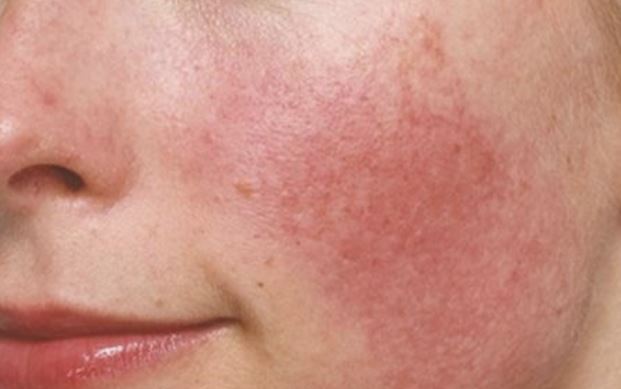Professor Jane Setterfield
Consultant Dermatologist and Oral Medicine Specialist
Specialist expertise: Medical Dermatology, Autoimmune Blistering Diseases, Oral and Genital Skin Disorders, Dermatology, Vulval Dermatology, Mole Checks, Moles, General Dermatology, Dermoscopy, Skin Biopsy, Skin Cancer, Cryotherapy, Acne, Eczema, Psoriasis, Skin Rashes, Mucocutaneous Disease, Paediatrics.

